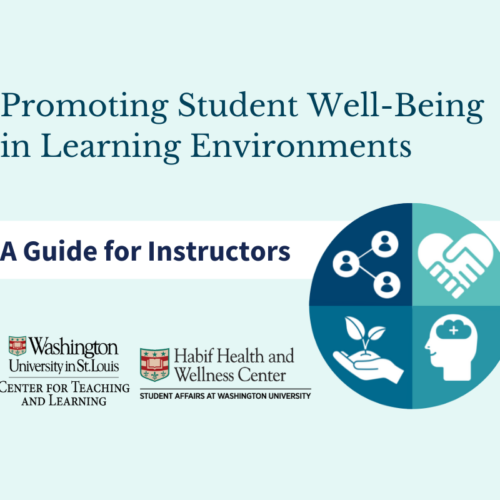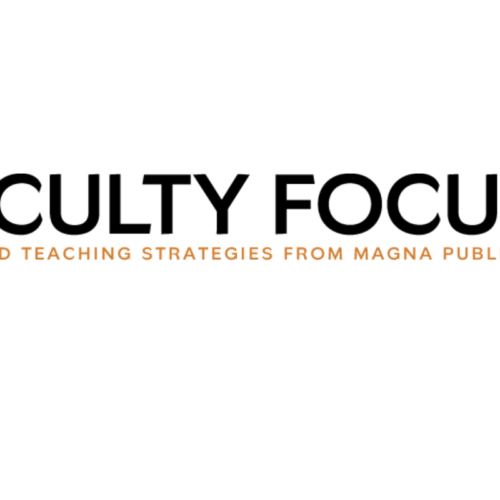Building Transparent Classroom Assignments
Creating better course assignments can start with transparent teaching, one professor says. Tanya Martini, a professor of psychology at Brock University in Ontario, Canada, shared her approach to making assignments more relevant to her students in a recent article in The Chronicle of Higher Education. Martini was frustrated that students in course evaluations said her assignments were pointless, so she started to include applicable skills. She then ran an experiment to see whether or not the skill list helped in making students feel like assignments were more relevant. Unfortunately, many of the students in her survey did not say that having the skill list helped.
Martini realized that some students thought of skills in a narrow way. To address this problem, she added more specific language to her assignments to show students how the skills that they develop in her course could apply to classes in other fields. For example, in a second-year human learning course where second-year students create study materials for students in the introductory course, Martini included this note: ““You may think that this is a pointless exercise if you have no interest in being a teacher (and, more specifically, teaching PSYC 1F90),” she wrote in the instructions. But using design thinking “happens in any field where people have to ask themselves, on a regular basis, questions like, ‘How can we do this? How can we make this experience/process work? Could we be making this experience/process better for people? And if we could, what would ‘better’ look like?’”
Martini’s approach, which is part of a broader effort called transparency in teaching and learning, could help faculty and other teachers develop assignments that are more relevant, and therefore more engaging, for students.






